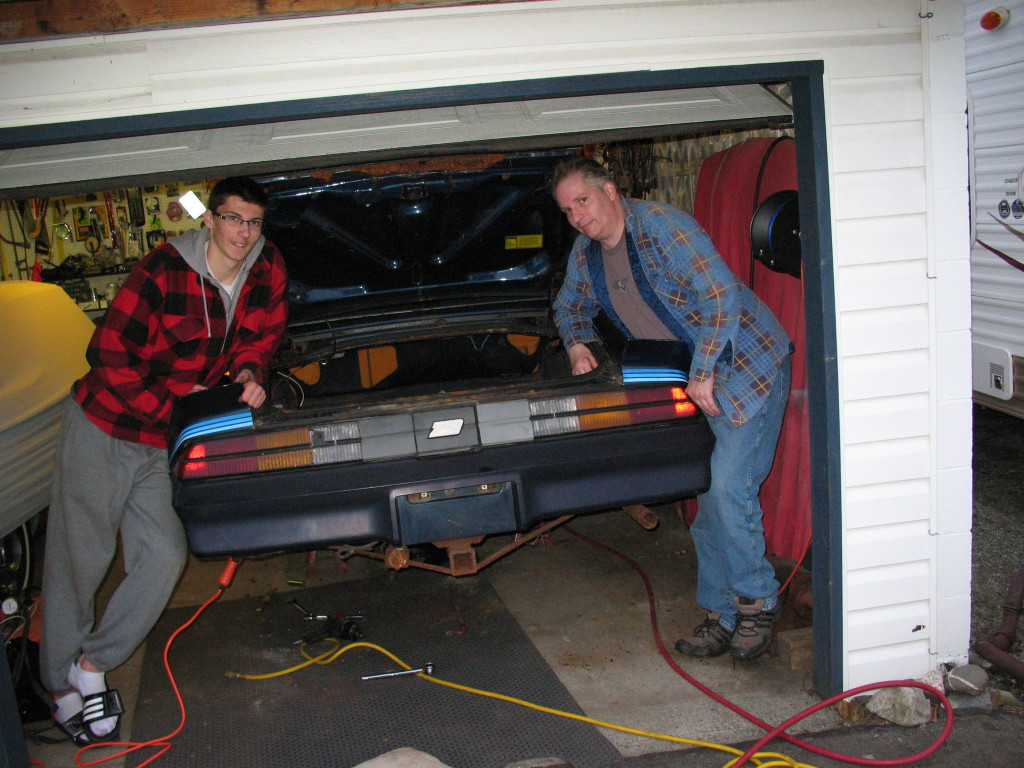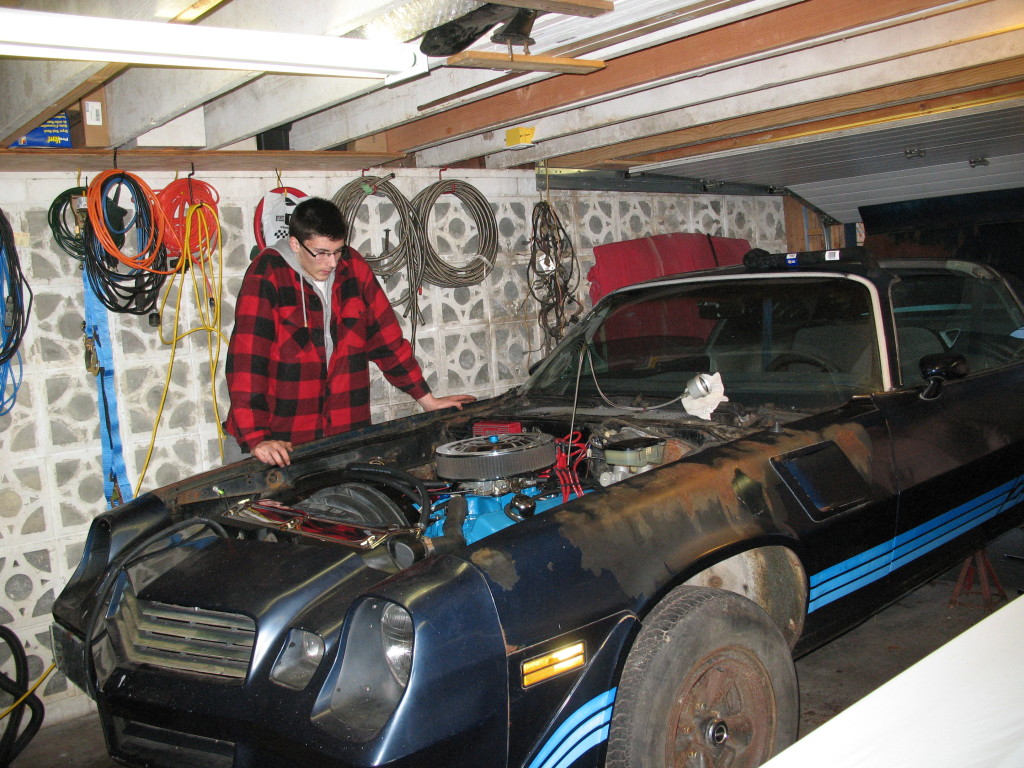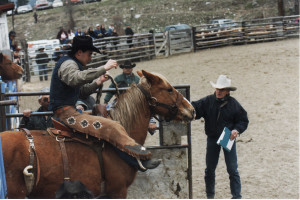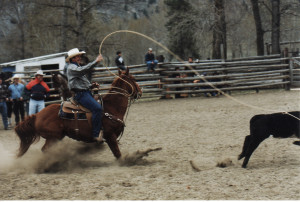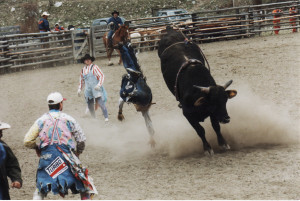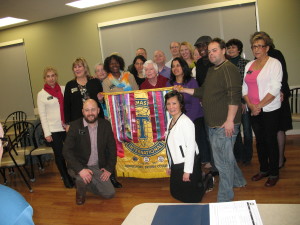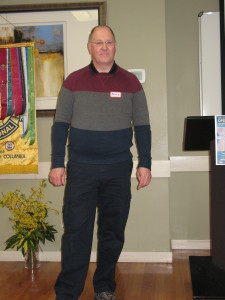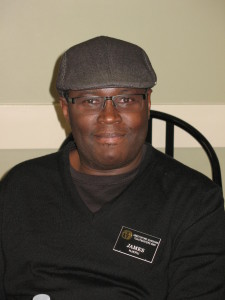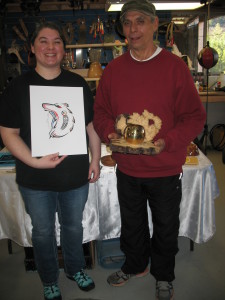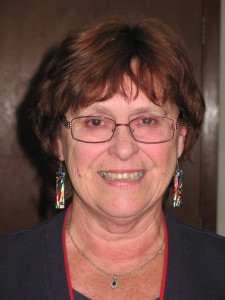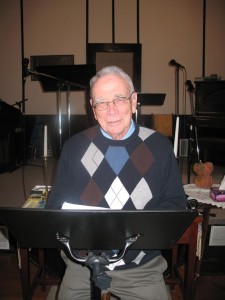For a number of years I had several career criminals in my circle of friends. They enabled me to understand more fully that our attitude, thinking, words and example have the capacity to shape not only our children, but also our grandchildren and beyond. One of these men was Roy. I met him at Matsqui Institution where he was doing time for a string of B&E’s and heroin possession.
children, but also our grandchildren and beyond. One of these men was Roy. I met him at Matsqui Institution where he was doing time for a string of B&E’s and heroin possession.
“My Old Man was a petty crook, in and out of Oakalla,” he told me. “After my Mom died, he married again. The woman didn’t like me. She was always trying to get me booted out of the family.”
Roy’s massive arms, barrel chest and balding pate gave him the burly image of a Mafia hitman. Inside though, he felt he was an outcast from society. Although he could joke and be funny at times, he viewed the world as a sinister place where danger lurked. Deeply entrenched in the criminal culture and feeling abandoned by his derelict father, he trusted no one. At age 43, in desperation he applied to our organization for a citizen sponsor. As coordinator of the Matsqui program, I matched him with Walter, a patient, steady poultry farmer. Roy tested his commitment repeatedly, but Walter didn’t flinch or waver.
When Roy was paroled, he found Sonia, a woman as lonely and bereft as himself. Nine months later she bore Sammy, a blond, blue eyed, good natured kid.
Roy loved the child. He felt responsible for imparting to Sammy the destructive perceptions he’d picked up from his father. When  Sammy was 3, Roy placed him on a table and said, “Jump Sammy, Daddy will catch you.” He reached out his arms. Trusting his dad, Sammy stepped to the edge of the table and jumped. Roy stepped back, letting the boy land on the hard floor. Looking down at his weeping child he said, “Son, that’s to teach you never to trust anyone.”
Sammy was 3, Roy placed him on a table and said, “Jump Sammy, Daddy will catch you.” He reached out his arms. Trusting his dad, Sammy stepped to the edge of the table and jumped. Roy stepped back, letting the boy land on the hard floor. Looking down at his weeping child he said, “Son, that’s to teach you never to trust anyone.”
At this time Roy was still shooting up with heroin. When he and Sonia threw in the towel on their relationship, the separation added further disturbance to Sammy’s already chaotic life. He began running away when he was four and the police were called several times. At age seven he was accused of starting a fire in the apartment where he and Roy were living. Fearing he’d lose the boy to a foster home, Roy told police he had set the fire himself. Aware of his extensive prison record, the police believed him. I spoke on his behalf in court but he was sentenced to a minimum security facility.
Roy was benefiting from the relationship with Walter and several others in the community. Upon release, wanting to be a better father, he dumped the heroin habit. Unfortunately, he hadn’t anticipated the void that resulted. He sought to fill it with alcohol. One evening he left Sammy in the car while he and a friend spent an hour in a bar. Unwisely, he drove after too many drinks. Fortunately Sammy wasn’t hurt when the car left the road and plunged into a deep ditch. Roy wasn’t so lucky. He spent the rest of his days in a wheelchair.
In his early teen years, Sammy was picked up several times for shoplifting and other petty crimes. Once again Roy feared Children’s Services would take the boy. One day he said to me, “Do you want Sammy? He’s getting into too much trouble. I’m not a good father. I want to give him to you.” Linda and I had 2 young children and we didn’t want to subject them to the mayhem of Sammy’s increasingly unruly life.
In time, Roy developed considerable trust in the people in our organization. The messages he received from us were positive, and he came to value that. People invited him into their homes for meals. Slowly, the suspicion ebbed.
Unfortunately, the negative seed he had planted in Sammy’s psyche had taken root and flourished. He followed in the footsteps of his father and grandfather. Before he was 20, those footsteps led to prison.
I was a young dad at the time. Roy’s example helped me understand it is essential that parents sow good seed in their children’s lives which will produce honest, contributing citizens and a stable society.

